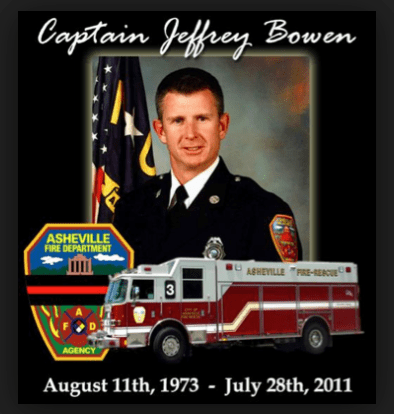
On July 28, 2011, the Asheville Fire Department was forever changed by the tragic LODD of Captain Jeff Bowen. During this interview, Fire Chief Scott Burnette talks about that fateful day and how the Asheville Fire Department has changed the way they operate. This is part 1 of a 2-part interview.
Length: 47 minutes
click the YouTube icon to listen
_____________________________________________________
If you are interested in taking your understanding of situational awareness and high-risk decision making to a higher level, check out the Situational Awareness Matters Online Academy.
CLICK HERE for details, enrollment options and pricing.
__________________________________
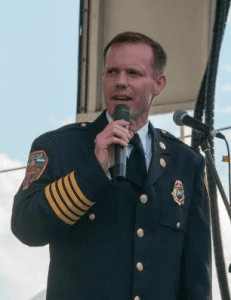 Fire Chief Scott Burnette began his career as a firefighter for the City of Asheville (NC) Fire Department in 1995. Chief Burnette has an Associates Degree in Fire Protection Technology from Gaston College, a Bachelors Degree in Fire Safety Engineering Technology from the University of North Carolina at Charlotte, and a Masters Degree in Executive Fire Service Leadership from Grand Canyon University. Chief Burnette is designated as a Chief Fire Officer through the Center for Public Safety Excellence and is a graduate of the National Fire Academy’s Executive Fire Officer Program. Chief Burnette worked his way through the ranks and was promoted to Fire Chief in November 2009.
Fire Chief Scott Burnette began his career as a firefighter for the City of Asheville (NC) Fire Department in 1995. Chief Burnette has an Associates Degree in Fire Protection Technology from Gaston College, a Bachelors Degree in Fire Safety Engineering Technology from the University of North Carolina at Charlotte, and a Masters Degree in Executive Fire Service Leadership from Grand Canyon University. Chief Burnette is designated as a Chief Fire Officer through the Center for Public Safety Excellence and is a graduate of the National Fire Academy’s Executive Fire Officer Program. Chief Burnette worked his way through the ranks and was promoted to Fire Chief in November 2009.
In this two-part interview we start by talking about the structure fire at 445 Biltmore Avenue on July 28, 2011 that resulted in the tragic line-of-duty death of Captain Jeff Bowen. During this interview, Fire Chief Scott Burnette talks about that fateful day and the significant changes that have occurred in the Asheville Fire Department – changes that every fire department can benefit from. Takeaways from this interview include:
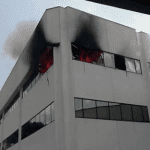 How the process of a facilitated debriefing helped the Asheville Fire Department identify the 16 focus areas that represented opportunities for improvement.
How the process of a facilitated debriefing helped the Asheville Fire Department identify the 16 focus areas that represented opportunities for improvement.- The importance of having an air management protocol and changing the department’s culture about air management.
- The need to have the right staffing front-loaded at an incident scene, including a command aide (or command technician) to support the Incident Commander.
- The value of completing critical task analysis to determine how many personnel are needed to perform vital tasks at incidents (such as RIT and incident management).
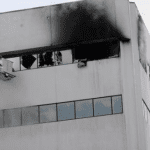 The importance of training personnel on how and WHEN to call a mayday.
The importance of training personnel on how and WHEN to call a mayday.- The focus on health and wellness – ensuring members are fit for duty and providing on-duty time to workout.
Our Sponsor:
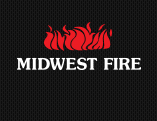
Intro music
Safety Dance (1982)
Men Without Hats
GMC – Virgin Records
Guest Contact Information
Fire Chief Scott Burnette
Asheville Fire Department
stburnette@ashevillenc.gov
Firefighter Near Miss Reporting System
http://www.firefighternearmiss.com/
The mission of Situational Awareness Matters is simple: Help first responders see the bad things coming… in time to prevent bad outcomes.
Safety begins with SA!
Share your comments on this article in the “Leave a Reply” box below. If you want to send me incident pictures, videos or have an idea you’d like me to research and write about, contact me. I really enjoy getting feedback and supportive messages from fellow first responders. It gives me the energy to work harder for you.
Thanks,
How to reach me…
Email: Support@RichGasaway.com
Phone: 612-548-4424
Facebook Fan Page: www.facebook.com/SAMatters
Twitter: @SAMatters
LinkedIn: Rich Gasaway
YouTube: SAMattersTV
iTunes: SAMatters Radio
Stitcher Radio: SAMatters Radio


